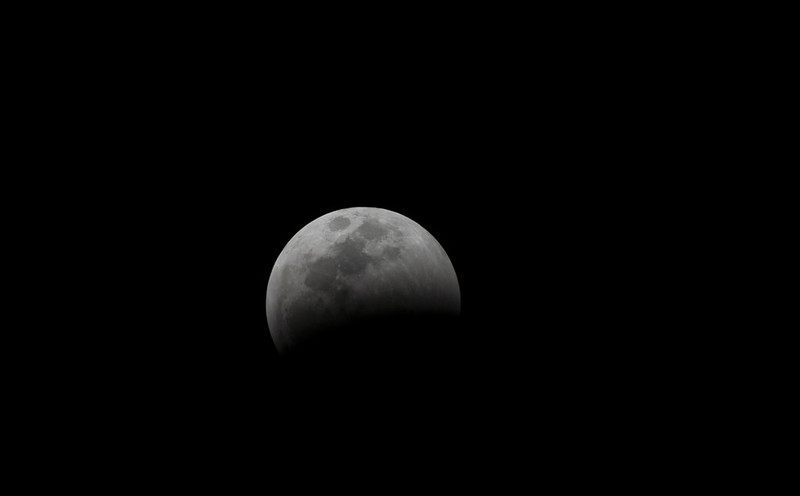 View Winners →
View Winners → 
| Photo courtesy of Martie Swart via Flickr (CC BY 2.0)
Griffith Observatory is hosting an online broadcast of Thursday evening’s historic near-total lunar eclipse, the longest in nearly 600 years.
A partial lunar eclipse occurs when part of the full moon falls under Earth’s shadow. More than 97% of the moon will be covered at the peak of the eclipse, appearing a reddish color for about three and a half hours, according to NASA.
Griffith Observatory’s broadcast is expected to run from 10 p.m. until 4:05 a.m. Friday. The observatory is not conducting onsite public viewing and the park will be closed during the broadcast. The eclipse will be streamed online but visibility depends on the skies.
If not obscured by clouds, the eclipse should be visible to the unaided eye from anywhere in the Southland. Unlike a solar eclipse, there’s no potential harm caused by viewing the event without eye protection, and you do not need a telescope.
During the eclipse, the moon will appear a reddish-brown color. At its peak, around 1 a.m., over 97% of the moon will be in full shadow and only a small sliver of its left side will shine in the partial shadow of the Earth, according to NASA.
The moon turns red because the only sunlight reaching it passes through Earth’s atmosphere. The more dust or clouds in the Earth’s atmosphere at the time, the redder the moon will appear.
“It’s as if all the world’s sunrises and sunsets are projected onto the Moon,” according to NASA’s website.
Stargazers can also look forward to next year, when an even longer total lunar eclipse is expected Nov. 8.









































































































